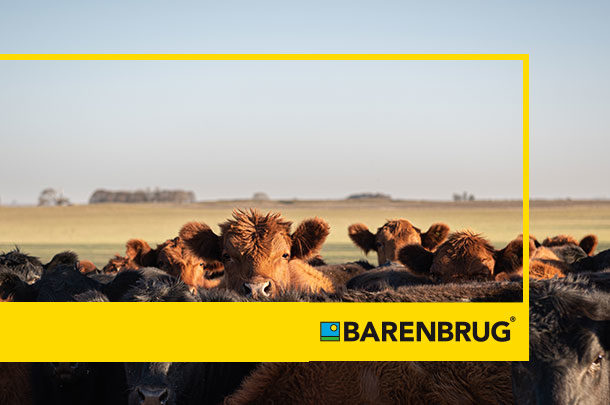A proactive man will never get caught with his pants down in the bathroom. Why? A proactive man would take the step of locking the door to make sure any future problems would not occur, while the reactive man would go through an embarrassing moment that might set his initial goal back a little.
How does this pertain to forages? Every producer has the opportunity to be proactive or reactive during the growing seasons. Year after year Mother Nature will start with a green spring, move to the heat of summer, cool off again for fall and put most things to sleep for a cold winter, speaking from the Midwest. Year after year you will have gaps in your forage production that will cost you money with purchased feed and hay that should be saved for the winter months.
A proactive producer will see those gaps and plant a forage crop that will excel in that time of year to help carry production on to the next season. For example, let’s say a producer has mostly fescue pastures. He will get a great growth curve in the spring from those pastures, more than he needs, so he will probably take hay off of the ungrazed pastures. The problem is that the green lush fescue will be brown and over-mature when the heat of the summer comes. To keep cattle gaining the producer should have been proactive and planted some type of warm season forage to fill that summer forage gap till he can return to his fescue pastures in the fall.
Now to take it another step, this proactive producer could have planted a paddock of cool-season annual forage to feed the cattle while he made more hay off of his fescue pastures. Then turn the cattle out on the unhayed pastures till July. From there you can move to your warm season forages to carry you through the summer. When fall arrives you can graze your cool season paddock and the stockpiled fescue pastures with plenty of hay for the winter.
The reactive side of this producer would be to graze and hay his pasture till the spring growth is over. When a hot and dry spell sets in and nothing is growing he would be caught feeding hay and purchased feeds intended for winter. Once plant growth did resume he would spend the fall grazing every bit of regrowth and then purchasing feed to carry his operation till next spring’s greenup.
Being a little proactive and pinpointing these forage gaps will make a huge difference in your operation and its stocking rates. By filling these gaps with the appropriate species you are keeping the highest quality forage in front of your livestock for that time of year. The higher the quality, the higher the return with heavier and healthier cattle and less feed cost. However, some producers are always going to take the reactive approach to feed shortage situations that could have been avoided with a little forethought. Then again that’s kind of like getting caught with your pants down in the bathroom.
Be proactive with Barenbrug’s PinPoint forage delivery system.












